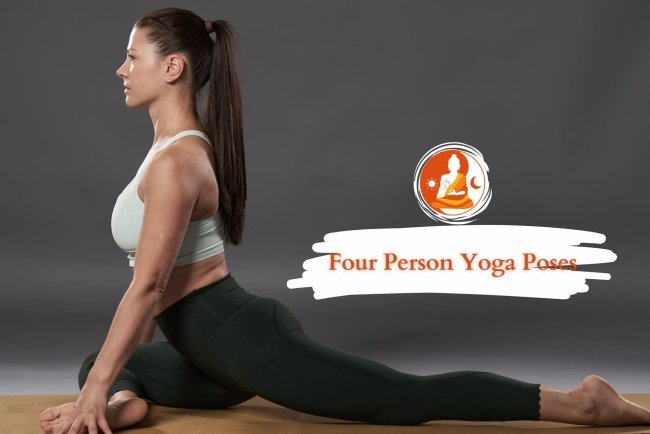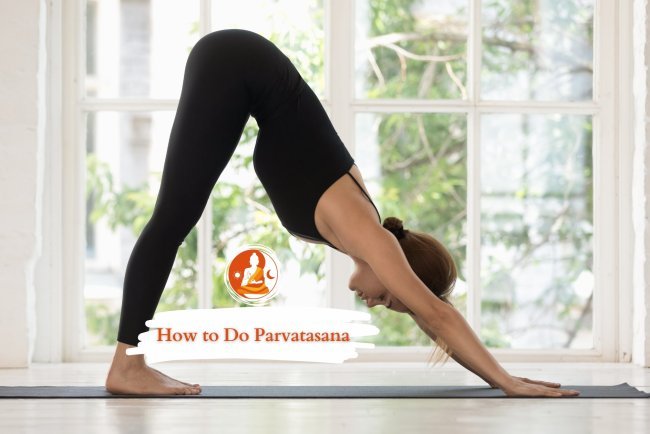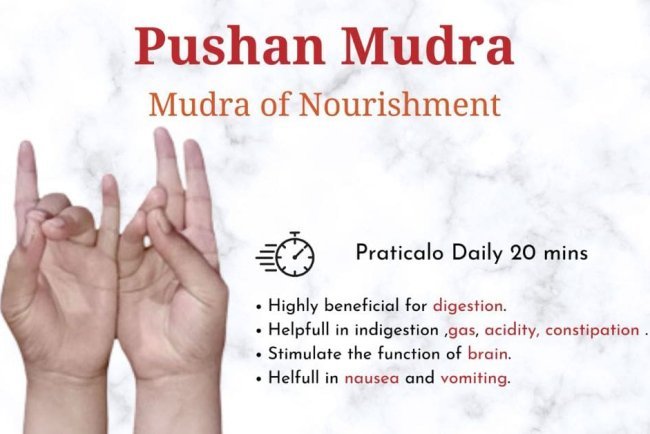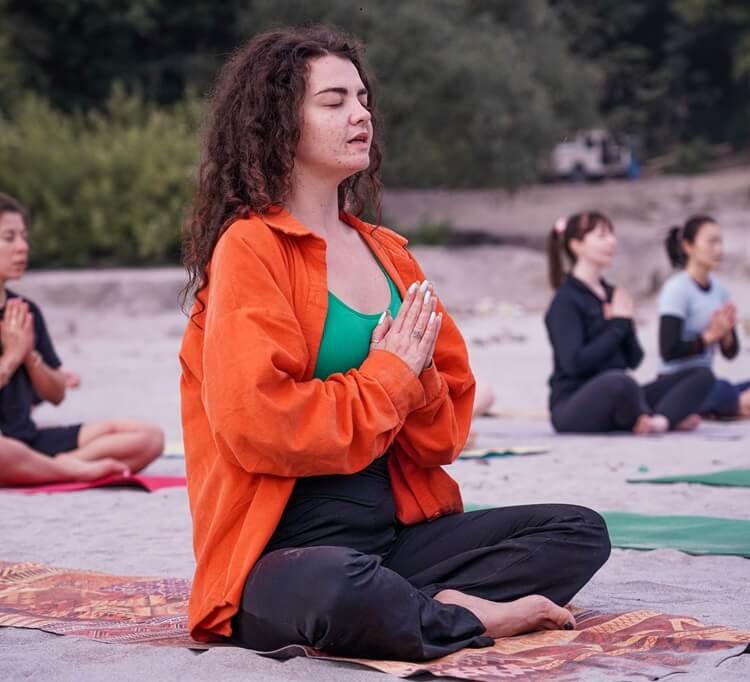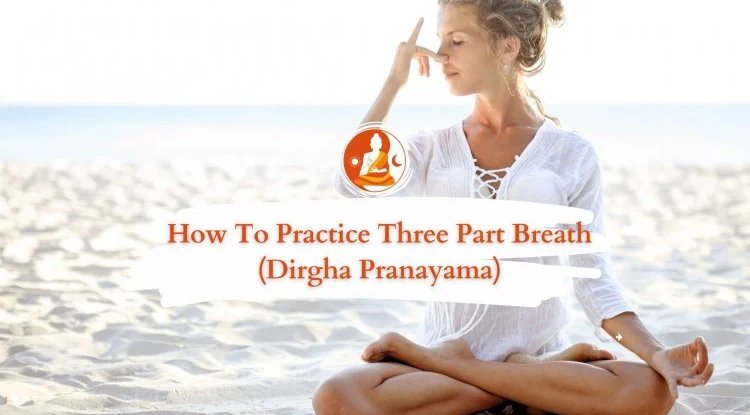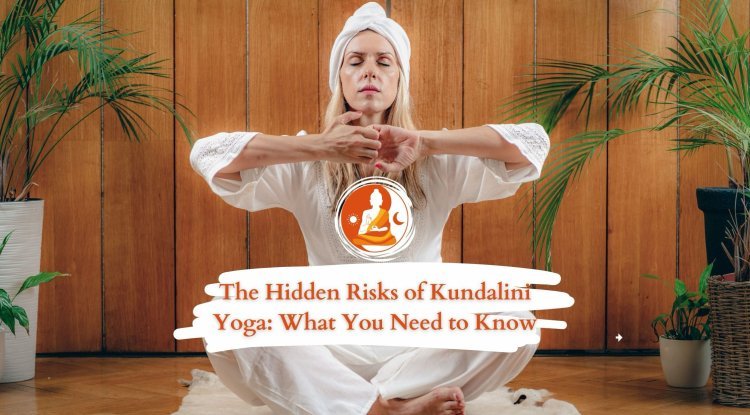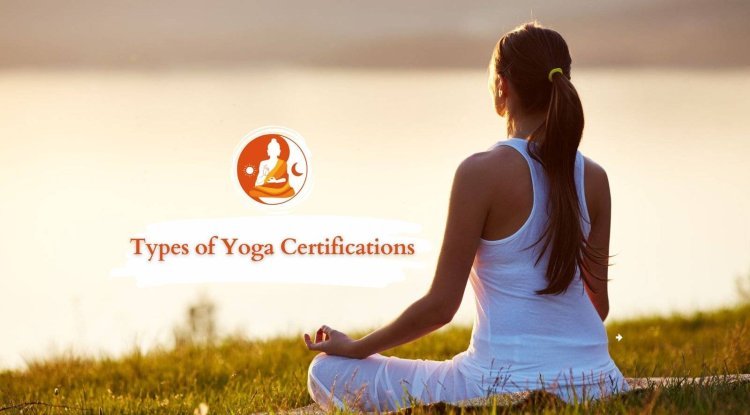Best Asana for Meditation: Poses to Achieve Mental Clarity

Meditation is an ancient practice that fosters mental clarity, emotional stability, and spiritual growth. To achieve a deep meditative state, choosing the best asana for meditation is crucial. The posture you assume directly affects your ability to concentrate and remain comfortable during prolonged meditation sessions. Meditative postures, provide the necessary stability, comfort, and alignment required for an effective meditation experience.
In this article, we will explore five meditative postures that are ideal for meditation, their names, procedures, and benefits. Understanding meditation asanas names and their significance will help you select the most suitable posture. The right posture not only enhances focus but also aligns the body with the mind, reducing distractions and discomfort.
Among the well-known meditative asana names, Siddhasana and Padmasana hold a special place due to their grounding effects. Additionally, asanas like hand lotus pose and Swastikasana offer unique benefits that aid in attaining stillness. We will also discuss the Sukhasana procedure, one of the simplest yet effective meditation postures.
Read Post: Meditation Statistics
5 Meditative Asanas for Deep Meditation
Whether you are a beginner or an experienced practitioner, selecting the right meditative aasana can significantly enhance your meditation practice. This guide will equip you with the knowledge of different meditative asana names and how to practice them effectively for maximum benefits. Read on to discover the best asana for meditation and deepen your spiritual journey:
1. Padmasana (Lotus Pose)
Padmasana, or the Lotus Pose, is one of the most revered meditation postures, known for its ability to promote deep concentration and mental stability.
Procedure:
- Sit on the floor with your legs extended.
- Bend the right knee and place the foot on the left thigh.
- Keep the left knee bent while placing the foot on the right thigh.
- Rest your hands on your knees in a mudra position.
- Keep your spine erect and focus on your breath.
Benefits:
- Enhances concentration and stability.
- Promotes inner peace and relaxation.
- Improves posture and spinal alignment.
2. Siddhasana (Accomplished Pose)
Siddhasana, also known as the Accomplished Pose, is a powerful meditation posture that helps channel energy flow, promoting deep concentration and inner awareness.
Procedure:
- Sit with legs extended and bend the left knee.
- Place the left foot against the perineum.
- Bend the right knee and position the foot over the left ankle.
- Keep your hands on your knees with palms facing up.
- Close your eyes and maintain steady breathing.
Benefits:
- Facilitates deep meditation.
- Regulates energy flow in the body.
- Enhances concentration and inner awareness.
Related Post: Surya Namaskar Asana Names
3. Sukhasana (Easy Pose)
Sukhasana, or the Easy Pose, is a simple and comfortable meditative posture ideal for beginners, helping to establish a calm and focused mind.
Procedure to do Sukhasana:
- Sit cross-legged with a straight spine.
- Keep hands on knees or in a mudra position.
- Relax shoulders and maintain steady breathing.
- Close your eyes and focus on inner stillness.
Benefits:
- Ideal for beginners.
- Promotes mental calmness and relaxation.
- Reduces stress and enhances focus.
4. Swastikasana (Auspicious Pose)
Swastikasana, or the Auspicious Pose, is a stable meditation posture that enhances physical and mental balance, aiding in deeper concentration.
Benefits:
- Provides physical and mental stability.
- Aligns the body and mind for deeper meditation.
- Enhances blood circulation and posture.
Procedure:
- Sit with legs extended.
- Cross the legs by placing one foot between the calf and thigh.
- Keep your back straight and your hands in a meditative mudra.
- Maintain a steady breathing pattern and relax.
5. Hasta padmasana (Hand Lotus Pose)
Hasta Padmasana, or the Hand Lotus Pose, is an advanced meditative posture that strengthens balance, enhances focus, and deepens the meditative experience.
Procedure:
- Sit in Padmasana.
- Lift both hands and place them in a lotus position.
- Keep your eyes closed and focus on breath control.
- Hold the position for a few minutes.
Benefits:
- Enhances balance and control.
- Strengthens the arms and shoulders.
- Deepens meditation by increasing focus.
Also Read: Sanskrit Names for Yoga Poses
Final Thoughts
Choosing the best asana for meditation is essential for a fulfilling meditation practice. By incorporating these five meditation postures, you can achieve a deeper state of relaxation and awareness. Whether you opt for Siddhasana and Padmasana or practice hand lotus poses, each posture offers unique benefits. Consistent practice of meditative postures enhances mental clarity, physical stability, and spiritual growth.
Each individual has different flexibility levels, and the most suitable meditative aasana may vary from person to person. Experimenting with different meditative asanas names can help identify the best pose that provides stability and comfort. Regular meditation in a correct posture promotes energy balance, improves focus, and leads to a higher state of consciousness.
Additionally, paying attention to breath control and posture alignment is crucial for maximizing the benefits of these meditative postures. If you experience discomfort or stiffness while practicing, consider using props such as cushions or yoga blocks for additional support.
By integrating these meditation postures into your daily routine, you cultivate mindfulness and inner peace. Start practicing today and embrace the transformative power of meditation to achieve a harmonious connection between your body, mind, and soul.
Frequently Asked Questions (FAQs)
The ideal asana for meditation varies based on individual preference and flexibility. However, Siddhasana and Padmasana are highly recommended for deep meditation.
The five meditative postures suitable for beginners are Sukhasana, Swastikasana, Padmasana, Siddhasana, and the hand lotus pose.
Holding a meditative aasan for at least 10–30 minutes is ideal. However, beginners can start with 5–10 minutes and gradually increase the duration.
The advantages of Swastikasana include improved posture, mental clarity, and enhanced blood circulation, making it an excellent choice for meditation.
The procedure involves sitting cross-legged with a straight spine, placing hands on knees, closing the eyes, and focusing on deep breathing.
While any comfortable sitting position can be used, meditative asana names like Padmasana and Siddhasana provide better stability and focus for prolonged meditation.
Yes, ensure you maintain a straight posture, avoid strain, and use cushions if necessary. Consult a yoga instructor if you experience discomfort.
Regular stretching, gentle yoga, and gradual practice of meditative postures can help improve flexibility and make meditation more comfortable.
Yes, meditation asanas promote relaxation, reduce stress, and help calm the mind. Practicing them regularly can lead to better emotional balance and overall well-being.
What's Your Reaction?







